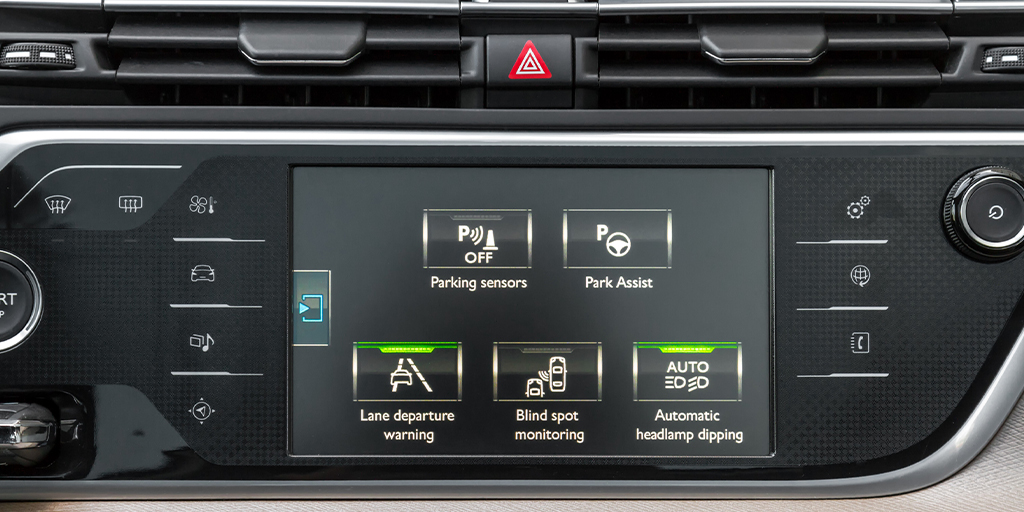The ZEV mandate was introduced in 2024. It required manufacturers to ensure that 22% of all new cars sold were EVs or face very hefty per-vehicle fines. Each year thereafter, that percentage of vehicles sold will rise until 2035, when 100% of vehicles must be EVs.
At the start of April, the government announced some adjustments to the schedule.
- All types of new hybrid cars (petrol + electric) can continue to be sold until 2035, clarifying previous uncertainty surrounding the inclusion of all hybrid types.
- Petrol and diesel vans can continue to be sold until 2035; however, the 2030 ban on the sale of new petrol and diesel cars remains unchanged. Fines for missing targets have been reduced from £15k per vehicle to £12K.
- The year-on-year percentage ZEV targets will remain unchanged for cars but will be lighter for vans.
- Manufacturers will have more flexibility for over- or under-achieving on EV targets before 2030 and be allowed to balance electric car and van sales to help with overall targets so that more cars can be sold in later years when demand is expected to be higher
The news creates greater certainty for car makers and welcome flexibility, especially around the ability to sell all types of hybrid cars and all fuel types for vans.
Consumers will welcome the ability to buy hybrid cars as a stepping stone towards moving to a full EV in time as the charging infrastructure grows and confidence in EVs improves. Businesses will appreciate the ability to buy a petrol or diesel van, which will also give manufacturers additional time to address weight/range issues for vans.
While these adjustments will help ease the move towards full zero-emission, keeping the annual ZEV targets in place, with what remains potentially huge fines for missing them, underlines that moving away from petrol and diesel and towards electricity is still very much in place.









